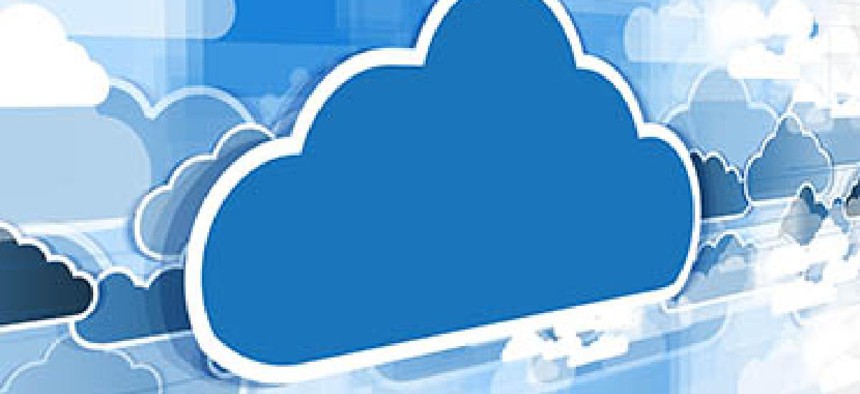Public/private relationships crucial for tech progress

As innovative technologies such as cloud and big data accelerate, federal IT managers are looking to the private sector for help.

"I want to buy a service, not a cloud," said David DeVries, principal deputy CIO at the Defense Department, at FedScoop’s April 26 Public Sector Innovation Summit.
He added that the kind of commercial development that anticipates what federal buyers need is crucial as cloud technology is more widely adopted.
DeVries and civilian agency CIOs and CTOs at the conference said they increasingly rely on the commercial sector to deal with technological advances that have outstripped the federal government's development, acquisition and adoption processes.
DOD is experimenting with ways to give its employees opportunities to learn commercial development techniques in the private sector so they can bring that expertise back to the agency, DeVries said. That kind of outside experience is invaluable in keeping up with accelerating technological developments, he added.
Understanding and being adept at using commercial applications and solutions are also essential to federal cybersecurity, Army Deputy CIO Gary Wang said. "It's a COTS-on-COTS conflict" in cybersecurity, he said, referring to commercial off-the-shelf software and systems. "Our adversaries have access to the same technology," he added, which can put cyber defenders at a disadvantage.
Federal agencies need a paradigm shift in how they battle cyber assaults and intrusions, he said. Fortunately, commercial technologies, such as the cloud, have begun to change some of the entrenched "server hugger" attitudes at agencies, Wang added.
Michael Hermus, CTO at the Department of Homeland Security, said commercial cloud services might have forced federal leaders to think in detail about how they adopt new technologies. He added that many agencies have had to figure out how to acquire cloud tools and how to use them.
Michael Valivullah, CTO at the Agriculture Department's National Agricultural Statistics Service, said the next wave for the farming industry will come in the form of drones and the massive loads of data they generate.
He said he expects drone use in agriculture and precision farming to explode in the coming year, citing studies that say as many as 200,000 of the vehicles might enter the agricultural industry in 2016, up from zero in 2015.
The vehicles carry sensors and cameras that scan fields at a resolution 150,000 times higher than that of satellite imagery. The sensors can produce detail on growing fields to the inch and generate terabytes of data, which can be assembled to create targeted maps that can boost crop productivity.
As that data is generated, he said the USDA will probably access it via commercial data aggregators, as it does for data gathered from other sensors mounted on farming equipment.
The data from drones could lead to a revolution in agricultural development and improve his agency's access to that data, Valivullah added. Farmers are supposed to send certain data to the USDA. Sometimes they do, sometimes they don't, he said, adding that drones could make the current paper-based process far easier and more accurate.





